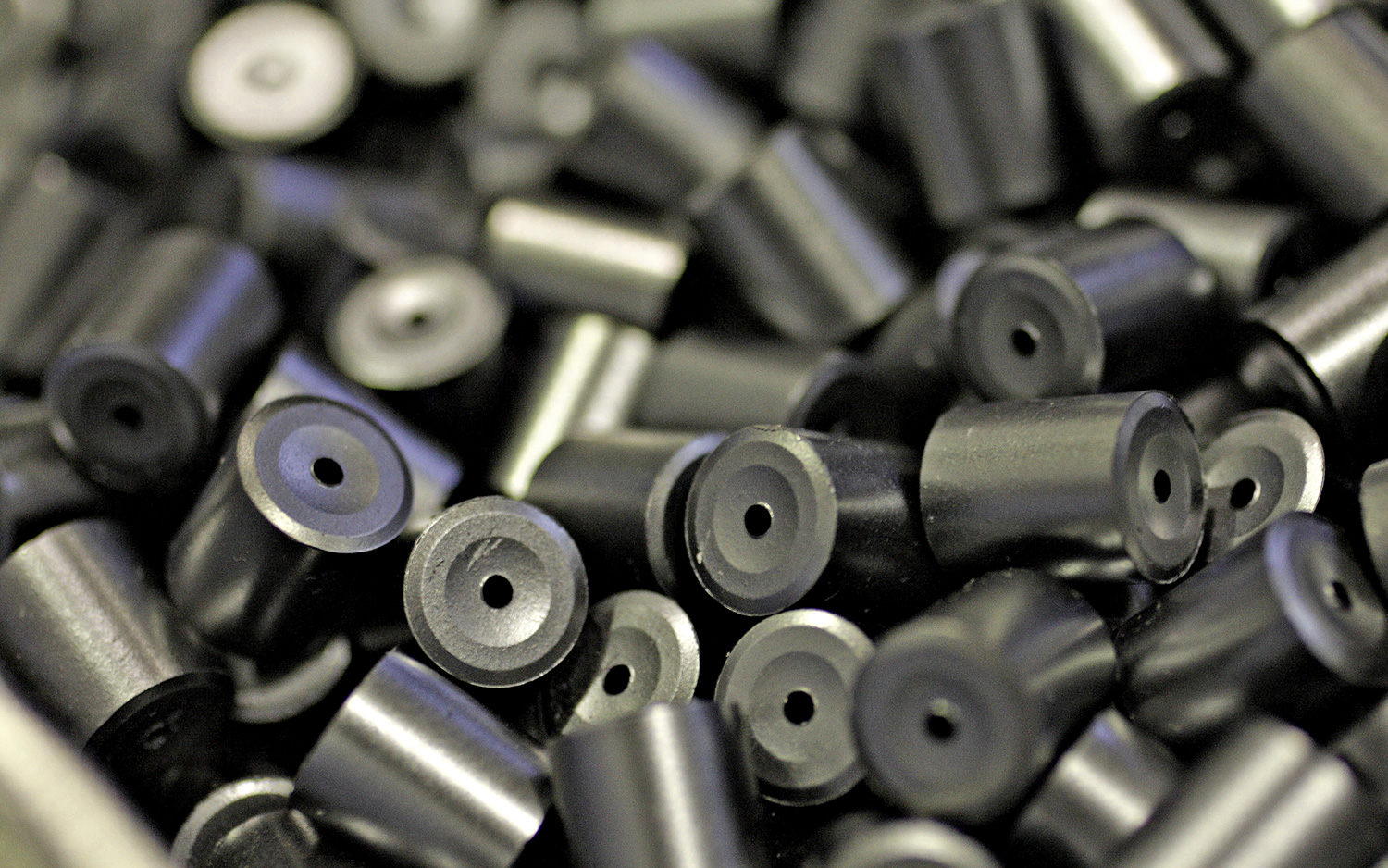
In an unexpected turn of events, the global uranium market is witnessing an unprecedented surge in prices, driven by supply setbacks and escalating demand. Major producers, including Cameco, are grappling with production challenges, triggering fierce competition for available uranium supplies. The price of U3O8, a crucial uranium concentrate also known as yellowcake, has soared to $82.30 per pound, reaching its highest point since 2008. This rally, fueled by a confluence of factors, underscores the uranium market’s resilience and growing importance in the context of an expanding nuclear energy landscape.
Cameco’s Struggles and Supply Shortfalls:
Cameco, a prominent player in the uranium sector, has recently hinted at the possibility of procuring additional uranium by the year-end due to complications at key mines. Setbacks in production from regions like Niger and Kazakhstan, coupled with a military coup in July, have contributed to supply shortfalls. The scarcity of spot supplies has intensified competition among buyers, exacerbating the upward pressure on uranium prices.
Market Dynamics and Price Predictions:
Industry experts and analysts, notably those from Morgan Stanley, are expressing bullish sentiments regarding uranium prices. They assert that the current demand-supply imbalance is favoring a sustained rally, with projections anticipating prices to reach $95 per pound by the second quarter of 2024. The scarcity of uranium for one-off deals, driven by long-term contracts with power companies, further amplifies the price gains in the market.
Cameco’s Role in the Rally:
Cameco’s struggles, particularly its downgrade of the production forecast for 2023, have become a focal point in the recent price rally. Operational issues related to equipment reliability and a shortage of skilled workers compelled Cameco to explore external procurement of up to 8 million pounds of uranium in the final quarter of the year. This move, compared to 5 million pounds in the preceding nine months, underscores the urgency to meet customer obligations amid production challenges.
Global Production Setbacks:
Kazakhstan’s state uranium company, Kazatomprom, has cited shortages of key materials such as sulfuric acid, hindering yellowcake production. In Niger, Orano, a French nuclear-fuel company, is addressing maintenance needs at its Somair plant, adding to the list of setbacks. These collective disruptions have intensified the competition among miners vying for available uranium, drawing financial buyers and utilities back into the market.
Investor Activity and Industry Response:
Sprott Physical Uranium Trust, a notable player in the uranium market, has been steadily accumulating U3O8, amassing over 60 million pounds since its inception in 2021. The trust resumed buying uranium in September, signaling increased investor activity in response to the price surge. Other entities, such as Uranium Royalty, have also seized the opportunity, acquiring 1 million pounds of U3O8 as an investment.
Market Dynamics and Decision Dilemmas:
The swift rise in uranium prices has caught many companies off guard, leaving little room for immediate adjustments in production plans. Industry leaders are cautiously monitoring the situation, awaiting sustained elevated price levels before committing to reopening dormant sites or accelerating new projects. Cameco’s Chief Financial Officer, Grant Isaac, emphasizes the strategic importance of aligning supply decisions with strengthening demand in these dynamic markets.
Global Commitment to Nuclear Energy:
Against this backdrop, more than 20 countries, including the U.S., made pledges at the United Nations’ COP28 climate meeting to triple nuclear-energy capacity by 2050. With over 60 reactors under construction globally and another 110 in the planning stages, the uranium market is poised for significant growth. Japan’s gradual reactivation of power stations closed after the 2011 Fukushima disaster and increased uranium deals this year underline the renewed enthusiasm for nuclear energy.
Future Prospects and Industry Optimism:
Industry experts foresee substantial movement in new uranium mine projects in the next 12 to 24 months, assuming current price increases persist. Several smaller uranium companies are already capitalizing on the market momentum, restarting operations in regions like the U.S., Australia, and Namibia. Cameco’s CEO, Tim Gitzel, acknowledges the industry’s current vigor, emphasizing that, despite past cycles of enthusiasm, the current scenario with high prices at such an early stage is unprecedented.
The uranium market’s resurgence, marked by soaring prices and heightened competition, reflects a complex interplay of supply challenges, increasing demand, and renewed global commitments to nuclear energy. As industry players navigate this uncharted territory, strategic decisions will shape the future trajectory of uranium production. The coming months are poised to be crucial, determining whether the current price rally heralds a sustained period of growth, with uranium assuming a pivotal role in the evolving energy landscape.





